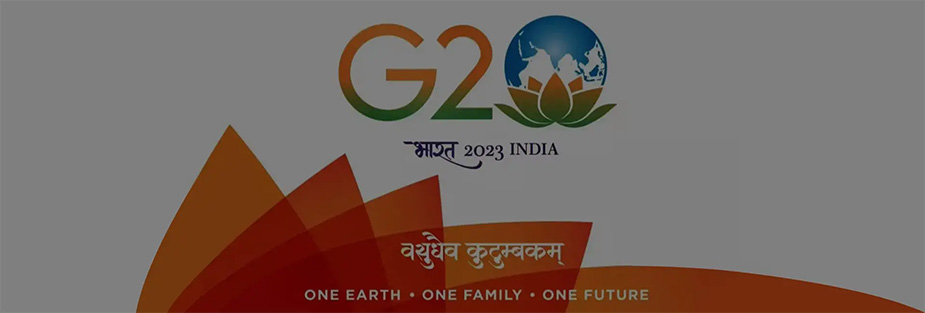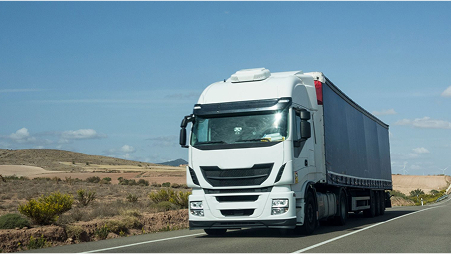
The Impact of India’s G20 Presidency on the World and Work Trends
2023 will be India’s year for clean energy, manufacturing, and digital technology.
The growth of India is unstoppable. Currently, the country is on track to overtake China as the world’s most populous country in April, the first time the U.N. has changed the record since it began counting the population in 1950. India is also growing economically – in 2022, it overtook the U.K. as the fifth-largest global economy, and the IMF expects it to surpass Germany and Japan by 2028.
From India’s many strategic immigration and trade-related international partnerships to India’s increasing presence on the world stage when it comes to digital technology, manufacturing, and clean energy, the 2023 G20 presidency is set to be a landmark year that will have global repercussions. With the exception of around 15 months during the COVID-19 pandemic, mobility has been on an upward trajectory since the past decade. As Mahrukh Umrigar, senior partner at Consortia Legal, an Indian law firm with offices in London, Mumbai, and Ahmedabad, pointed out, the G20 presidency is just a continuation of what has been a very visible trend during the last nine years or so when economic reforms have gained pace under Prime Minister Narendra Modi.
According to Umrigar, given that India hosts more than 200 meetings in 32 different areas, there will likely be long-term and imminent changes for both Indians and foreigners. It will be India’s focus during the G20 presidency to promote accelerated, inclusive (including women-led development), resilient growth, green development, climate finance, technology innovation, and digital infrastructure that will set the tone for future policies and regulations. In addition to leading the services sector, India’s manufacturing sector is receiving a significant boost as a result of several new initiatives.”
Clean Energy
In the Indian-administered region of Jammu and Kashmir, almost 6 million metric tons of lithium-rich mineral bauxite have been discovered. Over 80% of India’s lithium comes from imports. Moreover, this has significant implications for India’s transition to sustainable energy sources. India recently increased coal production while saying that it plans to replace coal with renewable energy sources by 2030, reducing coal from 50% of its energy mix to 30%. India is the third largest power consumer in the world, and switching to renewable energy sources and transitioning coal workers could help shrink the country’s carbon footprint and better prepare its workforce for the future. There are G7 countries asking India to join a “just energy transition partnership” (JETP) similar to those signed by Indonesia and Vietnam, but India has not agreed, considering other partnerships with the U.S. and Germany. No matter what happens, India’s energy decisions throughout the G20 host year will have a significant impact on international sustainability plans in the short and long term.
Manufacturing
The plan for India to become the hub of manufacturing in Asia has been successful so far. Formerly considered one of the “Fragile Five” economies at risk of “economic collapse,” India has defied the odds. Prime Minister Modi launched “Make In India” in September 2014 to boost India’s international reputation as a manufacturer across 25 sectors, including defense, biotechnology, ports, and railways. India has realized its full potential over the last nine years. With the capacity for significant domestic demand, a young workforce entering the market, and the infrastructure for a manufacturing boom, India could become a manufacturing powerhouse. By 2030, the World Economic Forum predicted that India would have a $500 billion economic impact and play an increasingly significant role in global value chains. With Chinese manufacturing demand declining, India could be the country to fill the gap and reshuffle the global supply chain.
Digital Technology
In 2030, 77% of the Indian population will be millennials or Generation Z (born after the late 1980s). As one of the world’s largest and youngest workforces, India’s transition to a digital economy will be an event to watch. Many companies have realized the value of digital technology in the workplace as a result of the COVID-19 pandemic and subsequent work-from-home orders. India will be a case study on the advantages and disadvantages of adopting new digital technologies in the future as they become available, since the digital transition is here to stay.
India has 20% of the world’s internet users and its financial sector is at the forefront of digital technology adoption. Indian and Singaporean residents will now be able to send money across borders in real-time via QR codes or mobile phones linked to their bank accounts after the countries linked their online payment systems on 21 February. During its G20 presidency, India will play a key role in creating equitable and democratic access to digital technology across sectors, not just for countries in the Global South but also for developed countries, as it has not shied away from artificial intelligence or adopting new digital technologies.
Plan Stress-free Move with Top Moving Company in UAE - ISS Relocations

Moving Company - Recent Blog
Stay informed and prepared for your next move with our latest blogs on moving services in the UAE. From expert packing tips to international relocation guides, ISS Relocations brings you up-to-date insights to make your moving experience smoother, safer, and stress-free.










